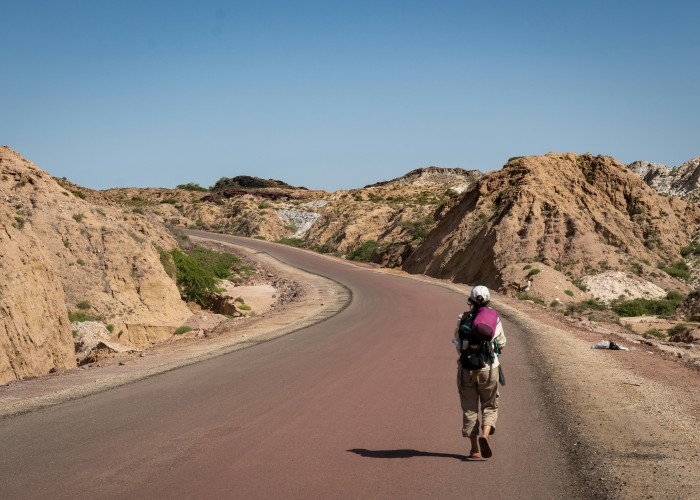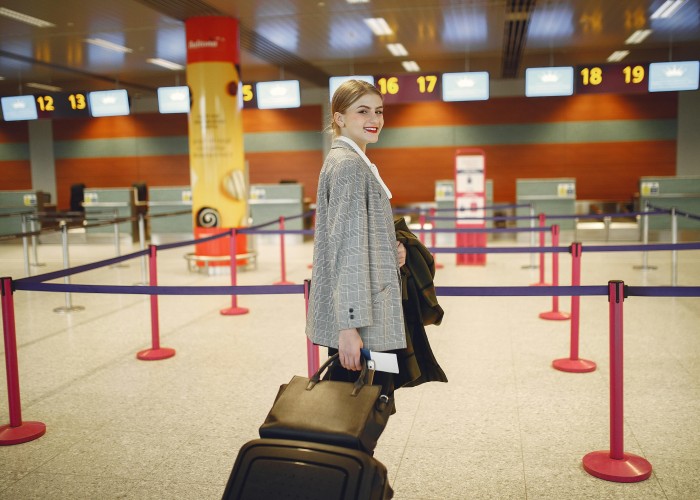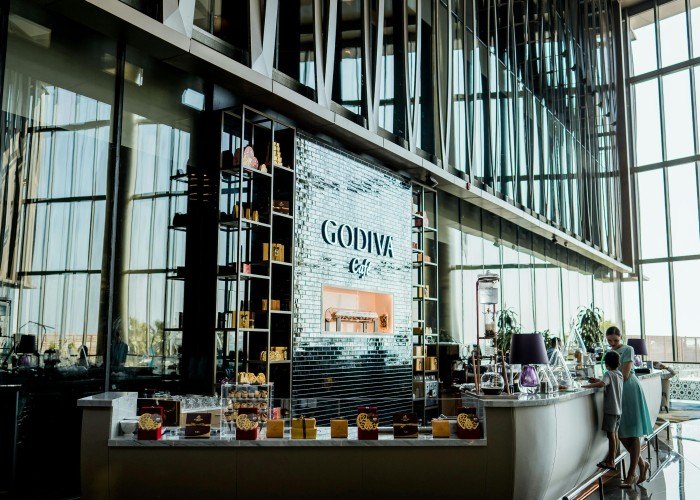If you’ve ever wanted to walk through Switzerland’s peaceful countryside, alpine valleys, and lakeside views—while passing French‑, German‑, and Italian‑speaking regions—the Trans‑Swiss Trail delivers that experience beautifully. Stretching around 460 km from Porrentruy in the northwest to Lugano in the south, it’s a journey through Switzerland’s cultural heart and its most dramatic landscapes. Trek the Trans‑Swiss Trail.
Let’s walk through what makes this trail shine, and everything you need to plan your own unforgettable trek.
Overview: What the Trans‑Swiss Trail Is and Why It’s Worth Exploring
- What It Is: A long‑distance hiking route crossing Switzerland from the Jura hills to the Ticino lakes. The trail covers 460 km and includes alpine sections, quiet valleys, and vineyard terraces.
- Where It Is: Begins in Porrentruy (a historic town near Basel), weaves through the Jura, the Swiss Plateau, and into the Alps, ending in Lugano near Lake Lugano and the Italian border.
- Why It’s Famous:
- Combines nature, culture, and linguistic diversity in one continuous route.
- Allows hikers to pass through French‑, German‑, and Italian‑speaking areas.
- Scenic variety—from tranquil meadows to rugged mountain passes and lake walks.
It’s not just a hike—it’s a cultural and natural odyssey across Switzerland’s heart.
Best Time to Visit
Timing your walk makes a big difference:
- Best Seasons:
- Late Spring through Early Fall (May to October) offer pleasant weather and open trail sections.
- Peak summer (July–August) brings warm weather and lively landscapes, though some higher passes might still hold snow into June.
- Avoid:
- Winter to early spring means heavy snow and closed paths above certain altitudes.
- Sidestepping snow risk zones by planning summer or early autumn hikes is wise.
How to Reach (Train / Road / Air)
Switzerland’s transport links mean logistical ease:
- Air Travel:
- Nearest airports: Basel, Zurich, and Milan—all international hubs.
- By Train:
- Excellent rail service connects to Porrentruy, as well as mid‑route towns like Bern, Interlaken, or Luzern.
- The trail ends near Lugano, which is also well served by train.
- By Road:
- Renting a car offers flexibility, but trains are often faster, scenic, and avoid parking hassles.
Strong public transport means you can start, pause, or end your trek at various points.
Entry Fees & Permits (Approximate or Subject to Change)
- No hiking permits are required to walk the Trans‑Swiss Trail.
- Accommodation—such as mountain huts or inns—requires booking and charges typically range between CHF 30–80 per night depending on location and board.
- Tourism tax may apply in town lodgings, usually modest.
This trail has low bureaucratic overhead—easier to plan and focus on the walk. Trek the Trans‑Swiss Trail.
Food Availability & Meal Options
This route offers good support for refueling:
- Towns and villages along the trail often include cafés, restaurants, and small grocery stores.
- Mountain huts in alpine zones can provide dinner and breakfast during summer.
- Self‑catering is smart—pack energy bars and snacks for long day stages between points.
Swiss hospitality keeps fuel stops close at hand—yet bringing your own snacks always helps.
Packing List & Essentials
Smart packing helps you stay comfortable and nimble during long trail days:
Clothing: Breathable layers, waterproof jacket, hiking trousers, sun hat, insulating layer.
Footwear: Comfortable, broken‑in boots with good tread and ankle support.
Gear List:
- 30–40 L daypack
- Trekking poles for stability
- Map or GPS device (Swiss trails are well-marked but backup is wise)
- Headlamp and basic first aid items
- Water bottle (minimum 1 L) and snacks
- Sunglasses and sunscreen
- Lightweight power bank for charging essentials
Keep your pack as light as possible—Switzerland rewards well-prepared feet.
Safety Tips & Local Regulations
- Stick to marked paths—and check signage at junctions.
- Weather changes quickly—carry rain layers and check forecasts daily.
- High-daylight routes sometimes end in pastures—carry a headlamp just in case.
- Wildlife is present—stay clear and respect animal reconnaissance.
- No litter—carry out trash, even in remote alpine areas.
- Emergency number: 112 in Switzerland. Maintain a working phone and check coverage areas.
Every trail has its rhythm—stay alert, and fully enjoy the Swiss outdoors safely.
Tips for Beginners or First-Time Visitors
- Start with shorter sections—like Porrentruy to Bern or Interlaken to Luzern—to test gear and pace.
- Train with loaded hikes to build endurance and strength.
- Book overnight stays early, especially in summer.
- Break along linguistic borders—spend nights in French or Italian-speaking towns for added cultural flavor.
With thoughtful planning, even long treks become deeply rewarding experiences.
Local Customs & Cultural Etiquette
- Use local greetings: German areas appreciate “Grüezi,” French regions a friendly “Bonjour,” and Italian areas a sincere “Buongiorno.”
- Quiet hours remain around 10 pm in villages—respect shared space.
- Tipping is not required—rounding up meals is a kind gesture.
- Dispose of trash properly—recycling is taken seriously in Switzerland.
- Public transport manners—quiet voices and respect for seating make local ease.
Travel respectfully and you’ll find the culture welcoming and rich.
FAQ Section
How long is the Trans‑Swiss Trail?
Around 460 km, spread over rugged and moderate trail sections.
How many days to complete?
Walkers generally take 20 to 30 days, depending on fitness and pace. Trek the Trans‑Swiss Trail.
What is the difficulty level?
Moderate to challenging—daily hikes average 15–25 km with elevation gain.
What’s its highest point?
Alpine passes occasionally reach above 2,000 meters, depending on route variations.
Are restrooms available?
Yes, at town lodgings, huts, and basic facilities—carry toilet paper.
Is solo hiking safe?
Yes—Swiss trails are safe, well-marked, and locals are helpful. Share your route and carry essentials.
Do I need any permits?
None for hiking, though arrange stays ahead and plan accordingly.
What seasons are best?
Late spring to early fall—especially July to September—for clear trails and open lodging.
High‑Search Keywords for SEO
- Trans‑Swiss Trail hiking guide
- Porrentruy to Lugano trek
- Switzerland long distance trails
- Multi‑lingual hiking in Switzerland
- What to pack for Trans‑Swiss Trail
- Trans‑Swiss Trail itinerary
- Trans‑Swiss Trail difficulty level
- Alpine trek food options
- Best time to hike Trans‑Swiss Trail
- Swiss adventure trekking tips
Final Thoughts
The Trans‑Swiss Trail offers one of the richest walking experiences in Europe—a tapestry of landscapes and languages, all tied together by a genuine love for alpine simplicity. From rolling Jura hills to glacial valleys and tucked-away lakeshores, this trek is as much about inner peace as stunning sunsets. Trek the Trans‑Swiss Trail,






Leave a Reply